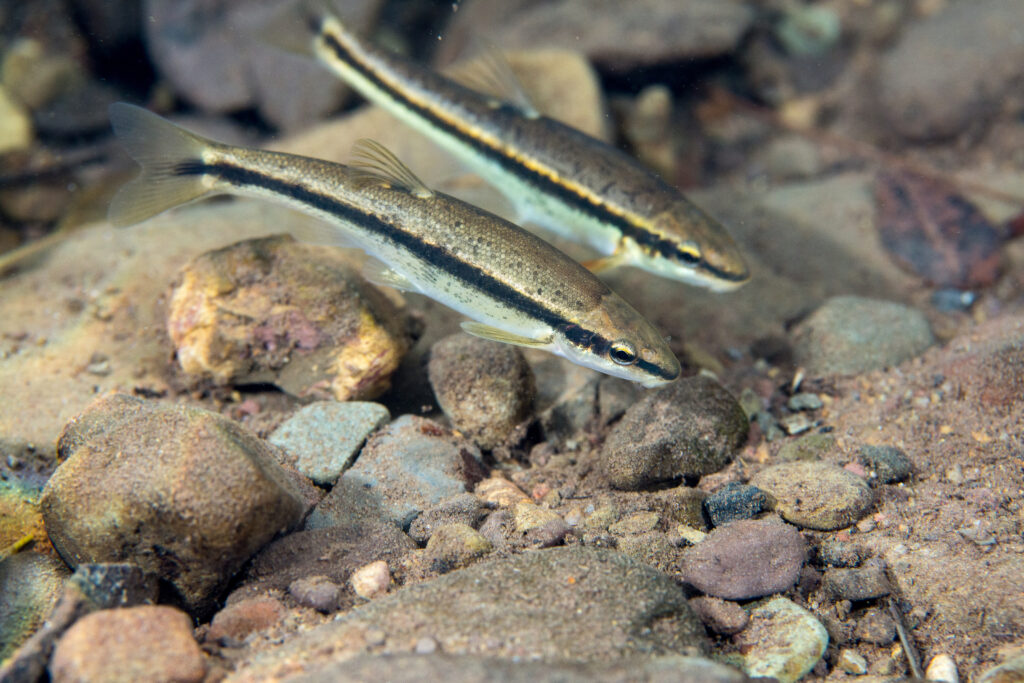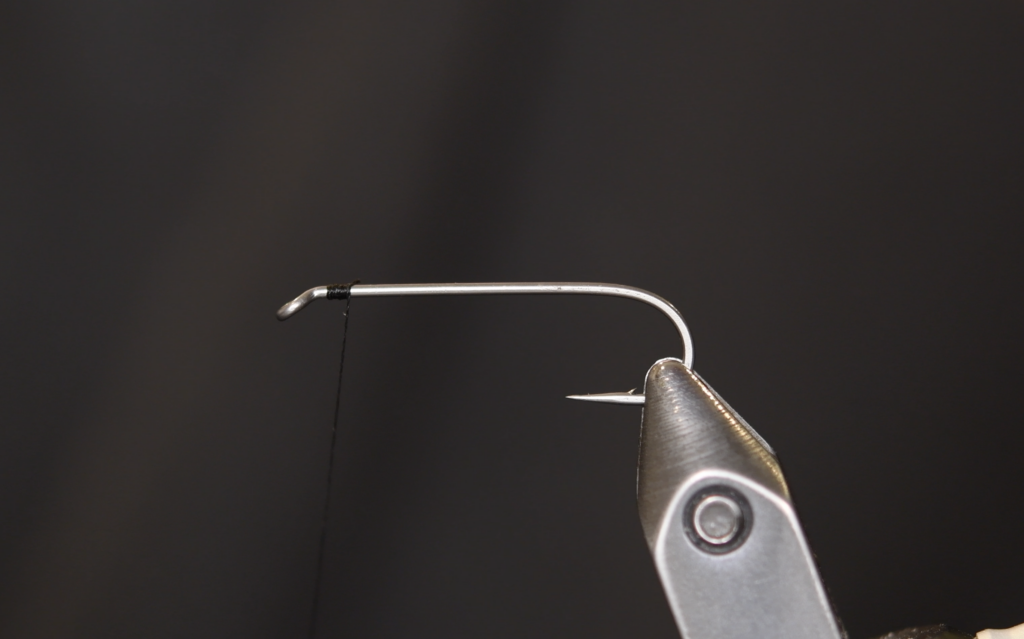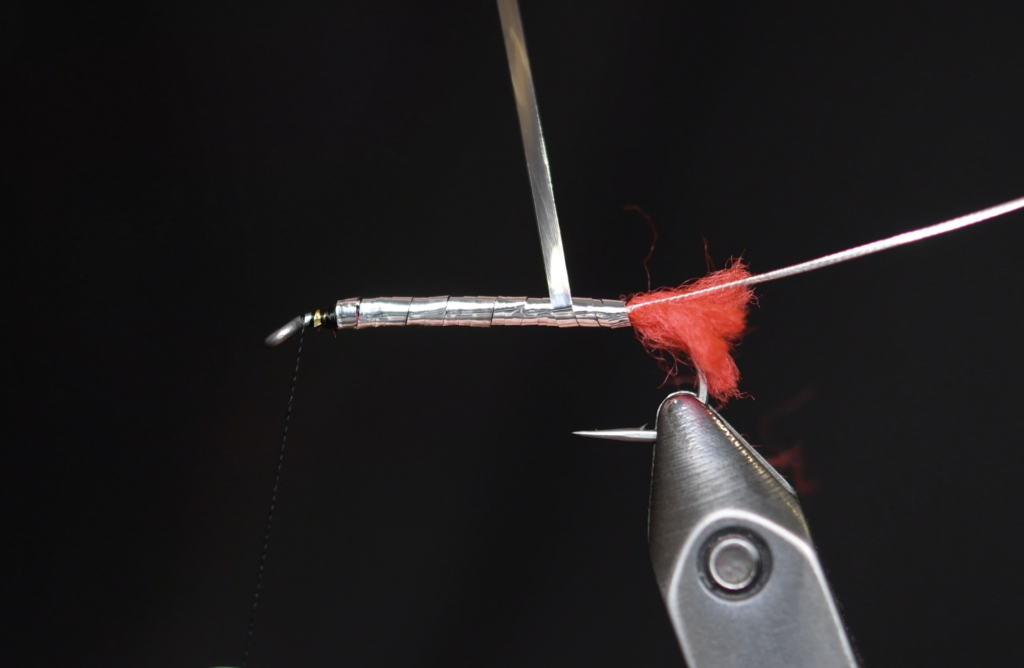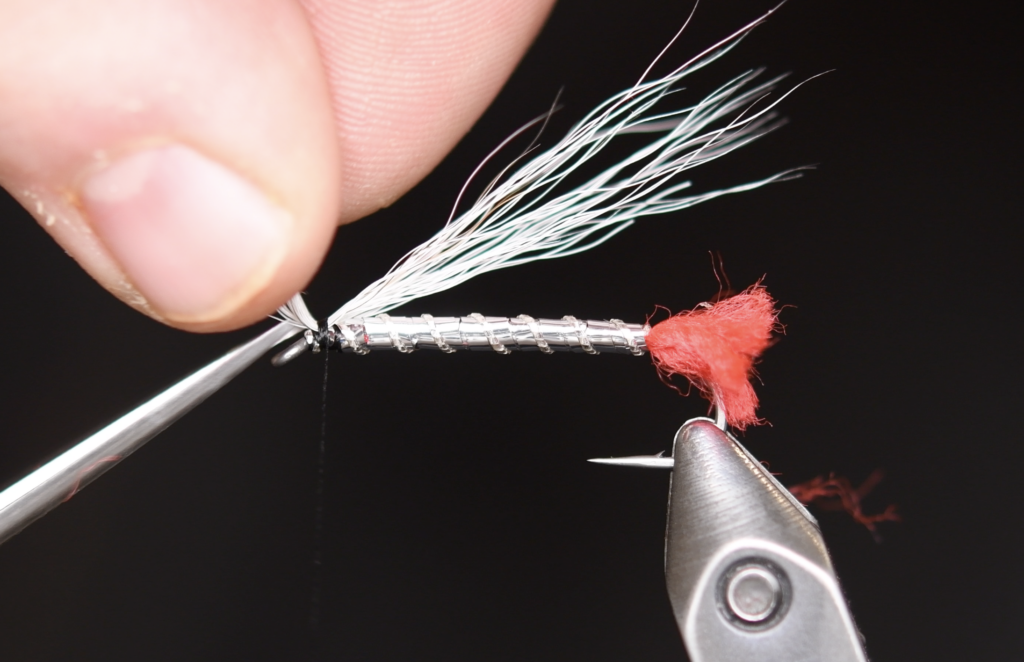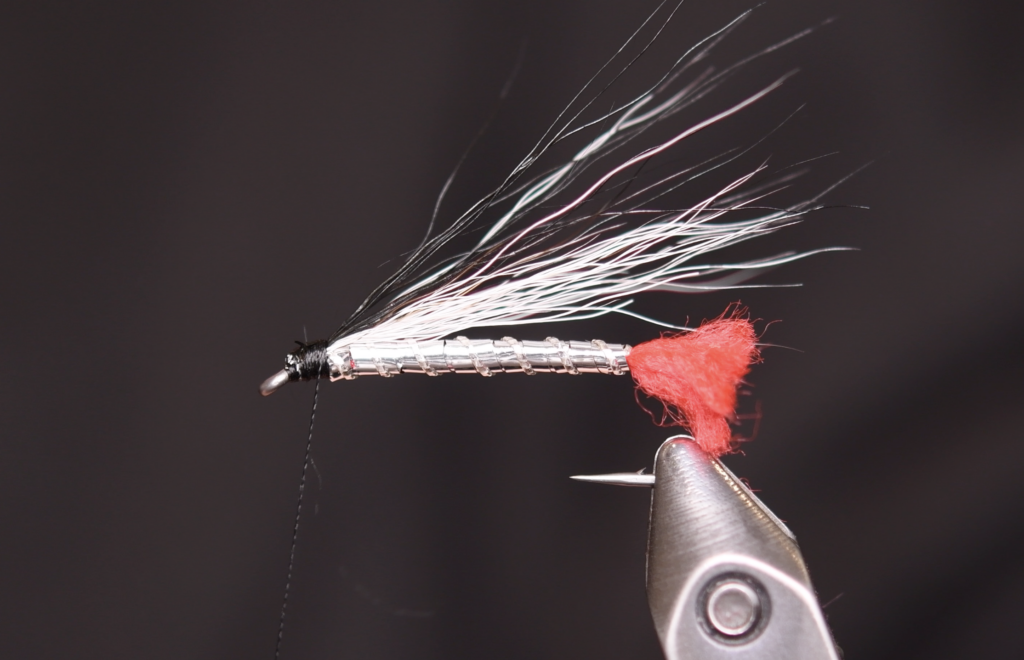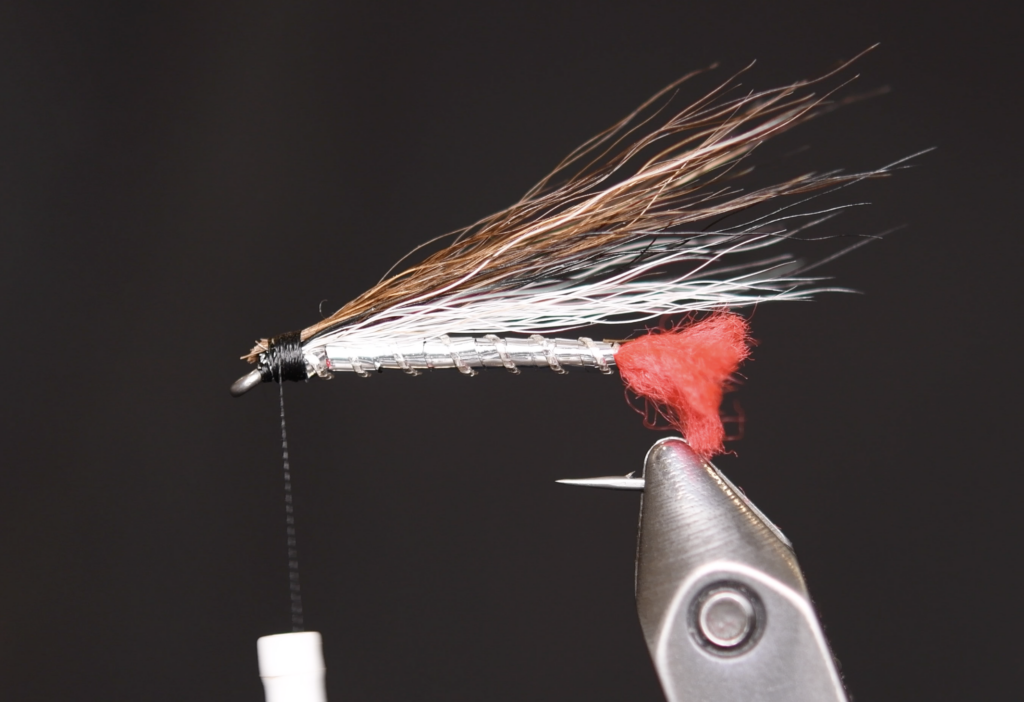Blacknose Dace: The Minnow and the Streamer
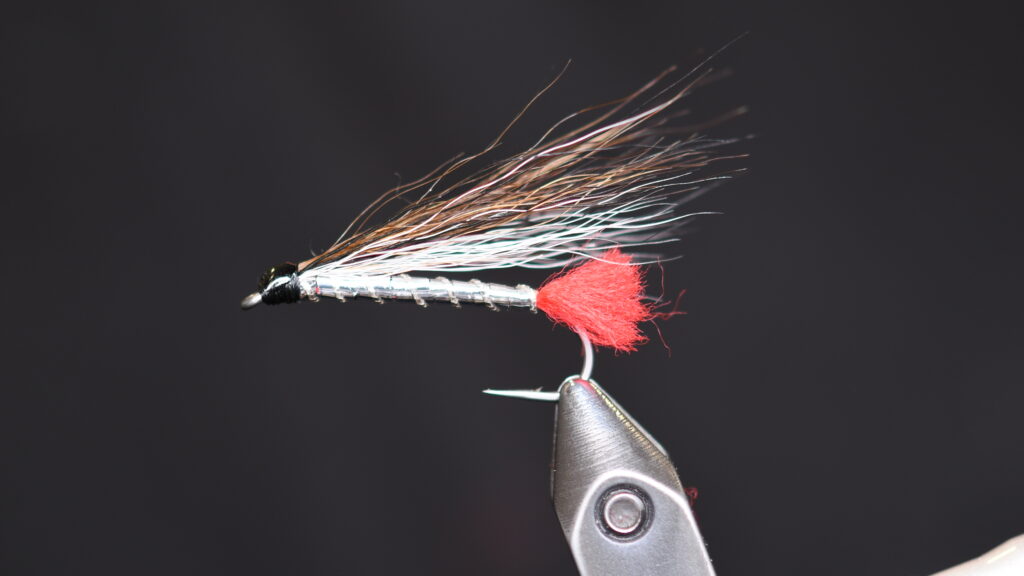
In 1947, Catskills fly tyer Art Flick published his book “Art Flick’s Streamside Guide to Natural and Their Imitations,” which introduced a number of his own personal recipes for tying flies to imitate the foods trout eat. Many of these patterns have become the gold standard in fly fishing, including the venerable bucktail streamer, the Blacknose Dace.
Flick’s Blacknose Dace represents the minnow of the same name, which is found throughout North America. Blacknose dace, the minnows, are typically small, ranging from 2 to 4 inches in length, with a slender, torpedo-shaped body that allows them to navigate swift currents. Their coloration consists of an olive-brown back, a silver-white belly, and a prominent black stripe running from the tip of the nose to the base of the tail. This stripe is their most defining feature and serves as a natural camouflage against predators.
These minnows thrive in clear, cool, and fast-moving streams and rivers, often preferring water bodies with gravel or rocky bottoms. Due to their sensitivity to pollution and habitat degradation, blacknose dace populations serve as bioindicators of stream health. As a primary forage fish, blacknose dace provide an essential food source for trout, bass, and other predatory fish. Having a pattern in your fly box to imitate them is never a bad idea!
Materials Needed to Tie the Black Nose Dace
Hook: 4XL-6XL streamer hook. Personally, I prefer the 5XL shank because the minnow itself is only 2-4 inches in length, and I tie this most often in sizes 8 and 10. The 5XL shank has a slightly wider hook gap than the 6XL in the same size. The Mustad R75AP is a great hook for this pattern.
Thread: 6/0 or 8/0 black thread. Larger thread for larger sizes and smaller for smaller sizes. Avoid using GSP-type threads because they tend to be slick and will slide off of the bucktail when tying it in. Semperfli Classic Waxed Thread is my favorite for many patterns, particularly bucktails, because it also has a high breaking strength compared to diameter, so you will end up with a naturally smaller head when you’re done.
Tail: Red wool or red hackle feather.
Body: Silver tinsel or silver flat mylar. You could also experiment with holographic tinsels for the body to give it a little more dimension.
Ribbing: Silver ribbing wire or Uni-French.
Wing: Stacked bucktail in three colors – white, black, and brown.
Head: Thread head coated with head cement or UV resin such as Solarez.
How to Tie the Black Nose Dace
Bucktail streamers are fairly easy to tie, but they all have one challenging aspect: the head. When stacking multiple clumps of bucktail to create the wing, it can be very easy to end up with a large head that crowds the hook. Also, it can be difficult to secure all of the hair so that it doesn’t pull out easily after finishing the fly. Follow these steps, though, and you’ll end up with an effective and durable Black Nose Dace bucktail streamer.
Step 1: After securing the hook in the vise, attach the thread leaving a small gap between the tie-in point and the hook eye. This will give you a good gauge as to how far up to bring the body so that you don’t crowd the hook eye with the wing.
Step 2: Tie in a length of red wool to use for the tail. Lay the wool along the hook shank and wrap it all the way back to the bend of the hook.
Step 3: Advance the thread to the front of the hook and attach a length of ribbing wire over top of the wool. Wrap it back to the bend of the hook.
Step 4: Tie in a strand of flat mylar tinsel. If it’s two-sided (gold and silver), tie in with gold side facing up. Advance thread to the front of the hook and then wrap the tinsel with silver side facing up and secure.
Step 5: Counter-wrap the ribbing wire over top of the body and secure. Trim excess wire.
Step 6: Trim a small clump of white bucktail to use for the underwing and align the tips. A hair stacker can come in handy here, but often the tips will align if you pull them perpendicular to the tail before trimming. Less is more with the white underwing. Use a sparse amount of hair at first so that the wing doesn’t get too bulky. Also, the tips of the bucktail should stick out over the bend of the hook just slightly. Secure the wing with a few pinch wraps. Trim the butt sections at an angle so that you can catch many of the hairs with the thread to lock them in place, otherwise they may pull out easily once the fly is finished. At this point, it wouldn’t even hurt to put a dab of Zap-A-Gap on the butts to hold them in place and prevent them from rolling onto the side of the hook shank.
Step 7: Repeat the process with black bucktail, but use approximately half the amount of material. The black lateral line of the Black Nose Dace should be subtle, much like the natural minnow. If the first color you see when you look at the fly is the black bucktail, then you’ve likely used too much. Trim these butts at an angle and secure the same way you did the underwing.
Step 8: Repeat the process with brown, natural bucktail, using approximately the same amount as you did with for the white underbelly. Trim the butts at an angle and secure.
Step 9: Cover the bucktail butts with thread to create a solid black head and then whip finish. Coat this head with head cement or some sort of UV resin or Solarez. All of these work well and will improve the fly’s durability.
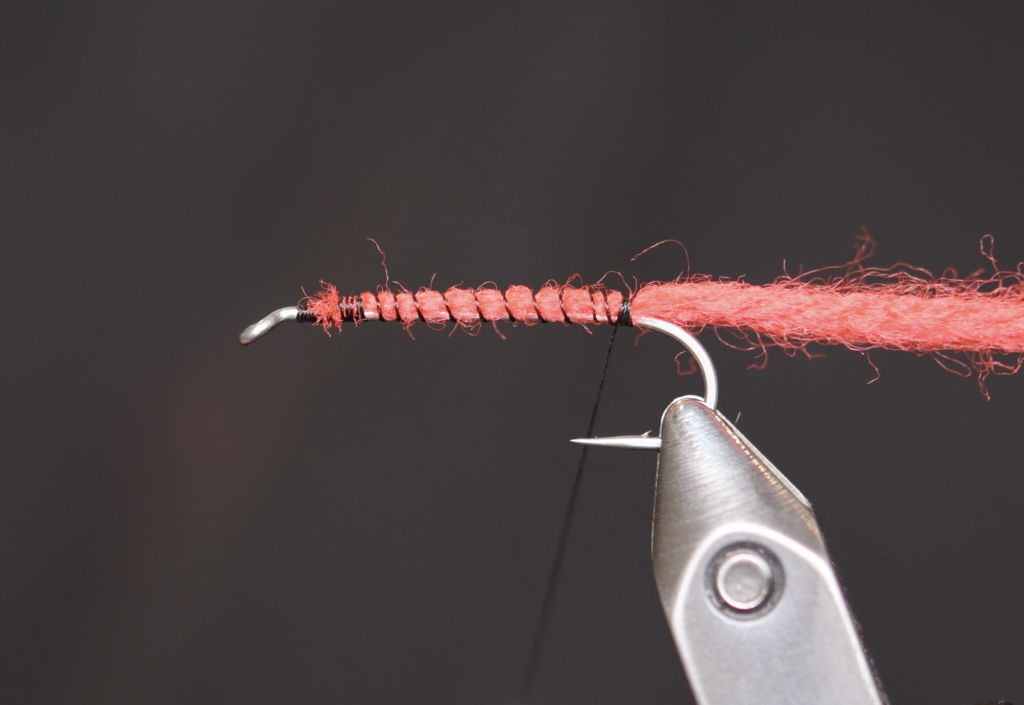
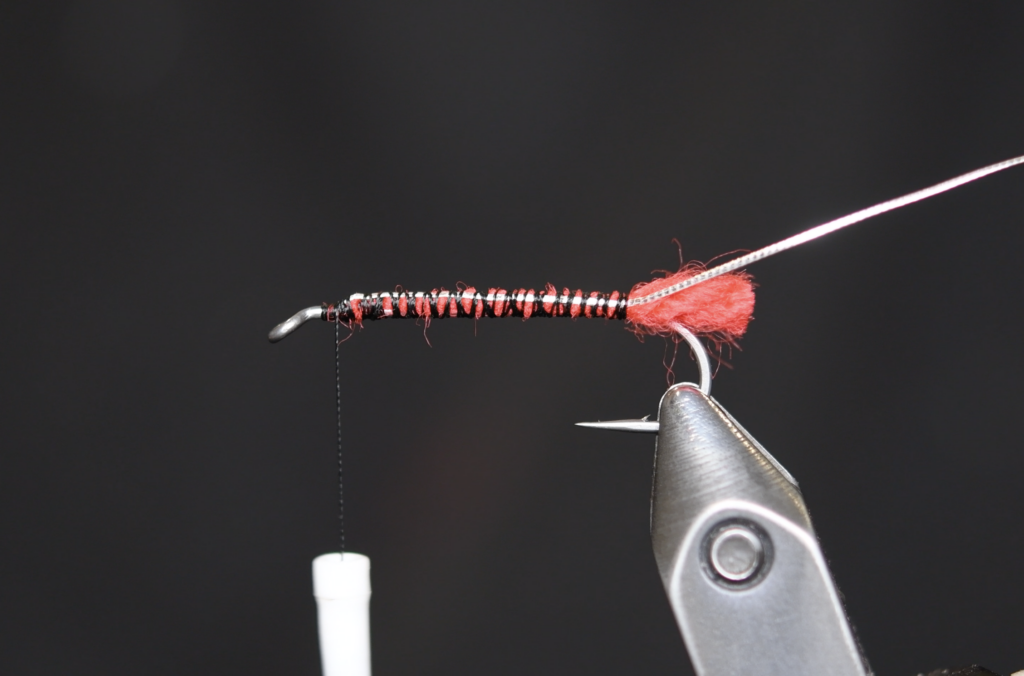

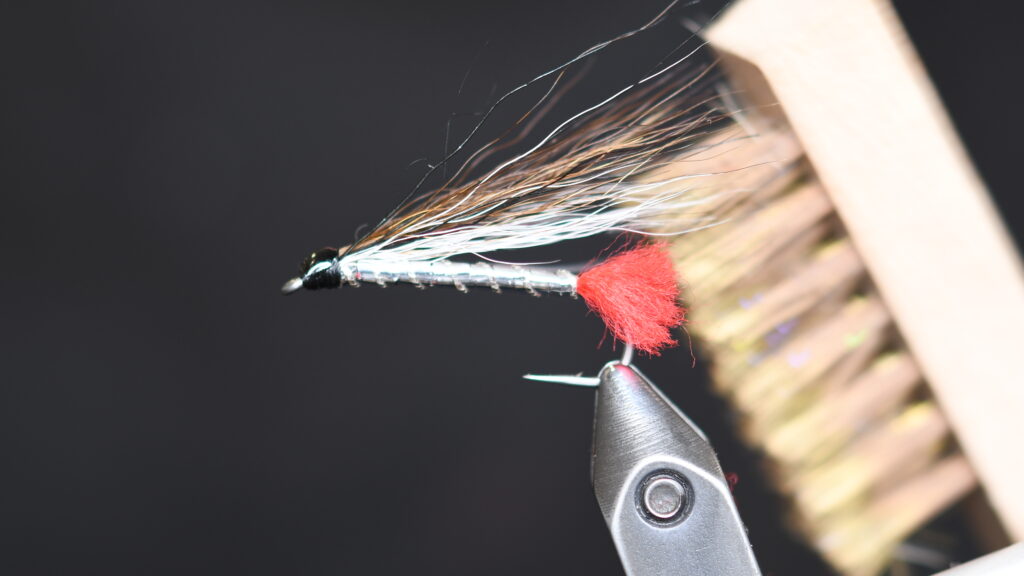
Have a fly fishing question you’d like answered? Drop us a line at info@darkskskiesflyfishing.com! If we use your question in a blog post or in the newsletter, we’ll send you a FREE fly box with a dozen of our favorite nymphs and dry flies!

